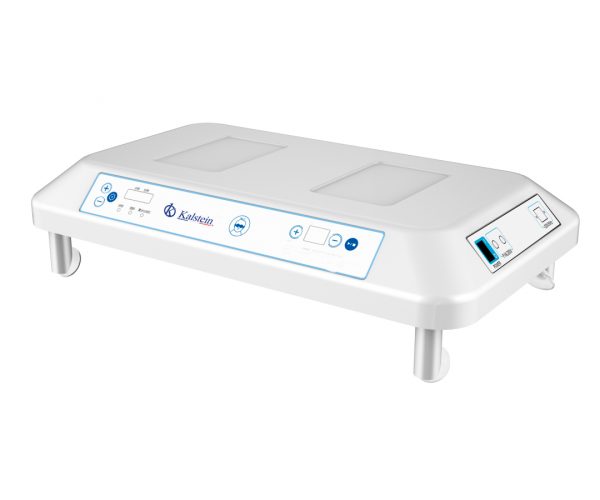Low Intensity Phototherapy (LIPT) has become one of the main components of the management of neonatal jaundice, due to its low costs and good clinical response. This therapy has been proven to be highly effective in reducing bilirubin and preventing further medical complications. There are two main types of FTLI: traditional FTLI and low intensity FTLI.
Traditional FTLI involves the use of incandescent lamps and halogen lamps for exposing infants to ultraviolet (UV) light. UV light is absorbed by free bilirubin from the skin of the icteric neonate, causing pigment damage and then excretion by the body. Traditional FTLI has a generally good response rate, with a 20-40% reduction in bilirubin released into the baby’s body.
What is traditional phototherapy?
Phototherapy is a standard treatment for a variety of skin diseases, from acne, jaundice to psoriasis. Ultraviolet (UV) rays play the main role in this procedure. For many years, traditional phototherapy was the only type of light therapy available. This treatment technique is based on the use of compact ultraviolet lamps to apply UV light to the skin.
Ultraviolet light exerts certain chemical changes on the skin, leading to the desired clinical changes. Although the traditional use of phototherapy has been effective in treating various clinical conditions, it has resulted in some problems such as redness, peeling and dryness of the skin, dark spots, itchy skin sensation and mild burns. And this is especially critical in children, hence the preference for low intensity phototherapy.
What are the advantages of low intensity phototherapy?
Low-intensity FTLI is a newer form of phototherapy for treatment of neonatal jaundice. This therapy uses lower-energy fluorescent lamps to reduce exposure to ultraviolet light. The light dose is significantly reduced with low intensity FTLI, with an added benefit of reducing or eliminating the adverse side effects of traditional FTLI.
Low-intensity FTLI has gained popularity due to the inclusion of LED lamps, which have proven to be more effective than traditional fluorescent lamps. The main advantages of low-intensity FTLI over traditional FTLI include safer exposure to ultraviolet light for neonates, greater efficacy in treating jaundice, and reduction or elimination of adverse side effects.
In addition, studies have shown that low-intensity FTLI can produce a faster reduction of bilirubin in the baby’s body with fewer complications, compared to traditional FTLI. This therapy has also been shown to be safe and effective in the treatment of multiple bilirubin cases deported from young children.
What are the risks of low-intensity phototherapy?
Also, low-intensity FTLI has fewer risks for the infant than traditional FTLI. In particular, it has been reported that low-intensity FTLI may have fewer side effects, such as blindness and hearing loss. In relation to the above, this therapy does not cause redness or pain in the skin exposed to ultraviolet light, or dryness, hypersensitivity to light or staining of the skin. Therefore, low-intensity FTLI is a safe and effective option for the treatment of neonatal jaundice.
Thus, low-intensity FTLI proves to be a preferred therapy for the treatment of neonatal jaundice. This therapy has fewer side effects than traditional phototherapy and the most effective benefits in reducing bilirubin. In addition, it can be used on younger babies without any risk to the baby. These characteristics make the low intensity FTLI an effective tool for the treatment of neonatal jaundice.
Phototherapy with Kalstein’s units
Kalstein employ LED-type radiation sources, implying negligible fraction of UV light. Thus, these low-intensity phototherapy units are widely recommended for treating childhood jaundice. In addition, the time and intensity of irradiation can be regulated. The sale of these units, purchase options and prices can be found on the websites HERE and HERE.

